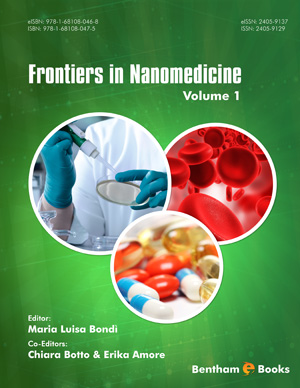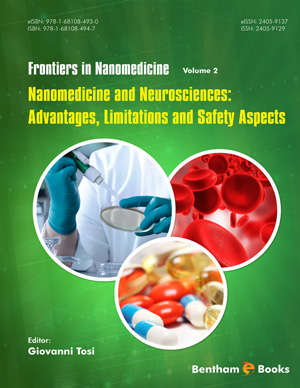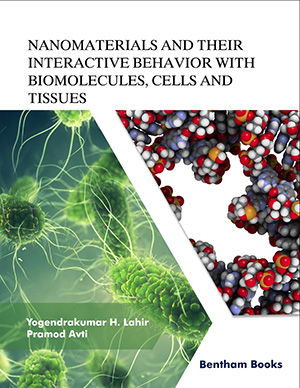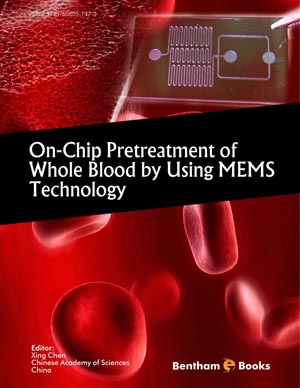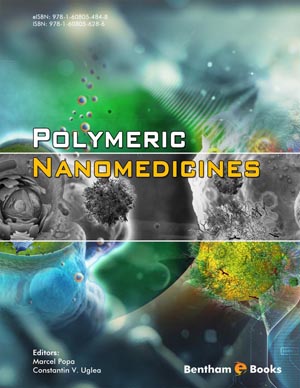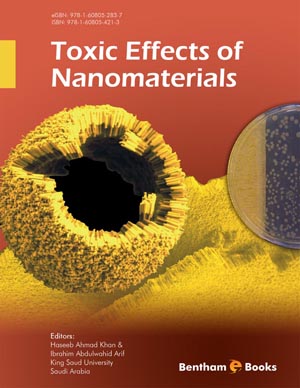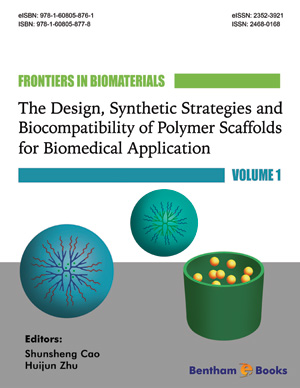Abstract
Silver nanoparticles (AgNPs) are metallic nanoparticles that are used for different biological purposes. Few toxic traits of Silver nanoparticles (AgNPs) producing plants are expressed; however, lesser is known about their genotoxic properties. This work discovered the cytotoxic and genotoxic risks of the entire concentrate from AgNPs of ethereal parts. Few studies had demonstrated that exaggerated reactions were not emerged by the four strains of Salmonella typhimurium, presented to fixations up to 5 mg/plate, with or without mammalian metabolic actuation (liver microsomal S9 division from Wistar rodents). In cytogenic cells and culture studies, higher doses (25–100 μg/mL) demonstrated a significant decrease in cell viability. In sister chromatids, chromosome distortions portrayed that AgNPs are genotoxic at the most noteworthy fixation utilized when clear cytotoxic impacts were also observed. Though, no expansion in micronuclei recurrence in bone marrow cells was identified when the extract was administered orally to mice (100, 500, and 2000 mg/kg dosages). The information was acquired to set up the most farreaching extract on the genotoxic capability of AgNPs. Furthermore, it is noteworthy that the plant extracts plus AgNPs can cause in-vitro DNA hindrance at cytotoxic doses.
Keywords: Biological Properties, Chemical Properties, PhysiochemicalProperties, Plant Extract, Silver Nanoparticles.




